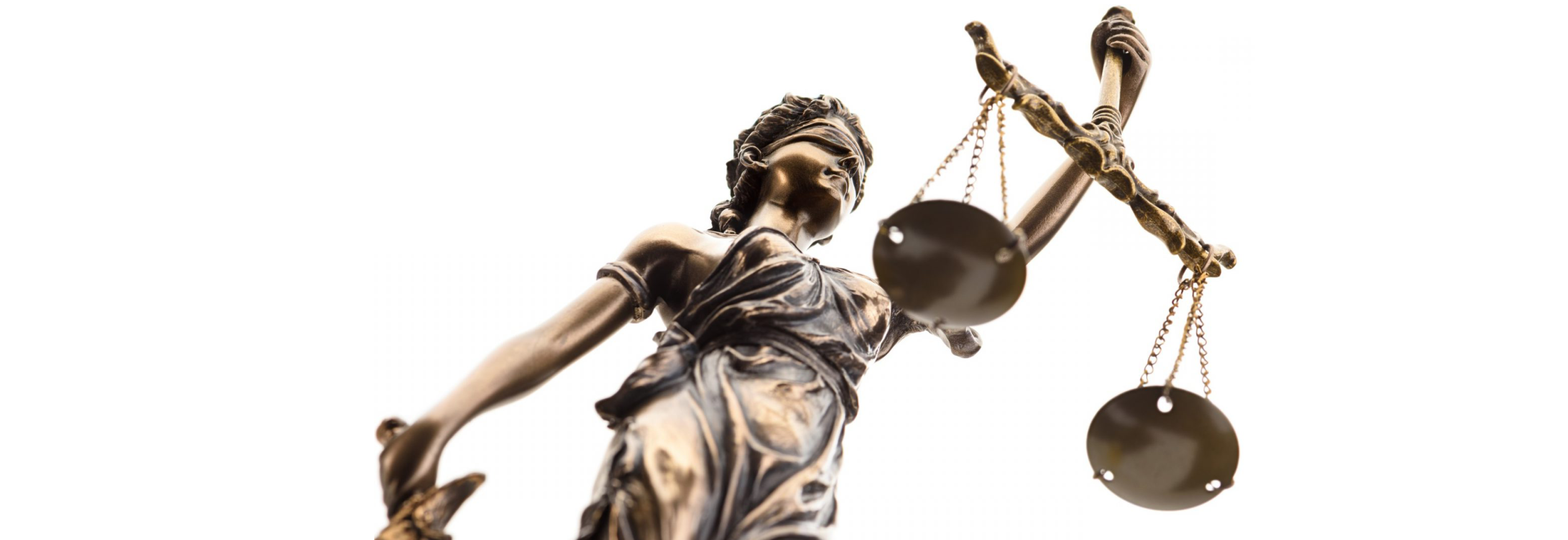Major structural changes need to be made if out-of-home is to reap the digital rewards on offer, writes Dan Larden to Mediatel

Out-of-Home (OOH) is at a pivotal point. The sector has been transformed in recent years; pixels have replaced print in terms of the type of media we see on our streets, and brands have a greater opportunity to plug into a bright digital future.
Greater automation and, ultimately, a programmatic approach are key to driving this continued growth in digital out-of-home (DOOH). The benefits to brands - being able to run simultaneous and synced mobile, display and OOH campaigns from one buying console - are clear.
And while there are nuances to buying OOH (with one ‘impression’ potentially viewed by thousands), programmatic is really the only buying and selling methodology truly fit for a digital age.
And yet programmatic remains more vision than reality in DOOH. A variety of factors are hampering the sector’s pivot towards programmatic, and changes need to be made if OOH is to reap the digital rewards on offer.

Pivot to programmatic
Change has been relatively slow to come to OOH, where media planning and buying decisions are largely controlled by a select few specialist players that are either owned by, or closely linked with, major holding companies. Relationships between these agencies and the media owners in OOH are deeply entrenched in a nod to the sector’s legacy approach.
The problem being that where there are legacy approaches, non-transparent remuneration models can flourish. A recent report by management consultancy McKinsey found that rebates and commission remain a “fundamental part” of the advertising ecosystem - and they are certainly not uncommon in OOH.
That means there is the potential for decisions to be made in the interests of an outdated (and self-serving) commercial model rather than exclusively in the interests of clients. As McKinsey highlights, advertisers are understandably finding themselves questioning what they are paying for, asking if they are getting all they are entitled to from their spend. With OOH representing a £1.1 billion market in the UK in 2017, the stakes are high.
This stands in contrast to the relatively new world of programmatic, where transparency and efficiency - so important in today’s media buying world - is becoming the expectation. There is a need, therefore, to bring greater clarity and transparency to the DOOH supply chain. Fully opening up the sector to a programmatic approach could deliver greater ROI for advertisers through an investment model that avoids hidden margins.
Structural Investment is Needed
But that can’t happen without the structural investment needed to bring greater automation to creative, planning and execution of DOOH campaigns. Media owners and specialist OOH agencies are making that investment - but it needs to accelerate if DOOH is to catch-up to where it needs to be.
For example, consolidating inventory and making placements more easily accessible to programmatic buyers is long overdue.
And even switching just the buying methodology to programmatic can increase ROI by taking back some of the hidden margins being transparently taken from brands’ budgets.
The new systems required to support this programmatic shift must also be supported by an investment in data. Location is an inherent benefit of DOOH campaigns but better audience targeting and measurement can make them even more effective.
If programmatic capabilities in OOH campaigns can be unlocked in this way, there is then the potential of creating links to other complementary programmatically-traded channels.
Mobile, for example, is an ideal partner for building on the location-based strengths of OOH, with its ability to re-target OOH audiences and deliver dynamic creative.
That’s not to say OOH’s transition to programmatic will be simple. Buyers will expect a CPM approach, and that means getting a better understanding of the number of ‘impressions’ generated by a DOOH ad spot or loop in what remains, fundamentally, a one-to-many medium.
Again, transparency will be essential here. Out-of-home currently suffers none of digital’s difficulties when it comes to ad fraud, and the industry must agree how it can work to translate footfall at a digital poster into a robust impression-based metric.
Without these necessary developments in data and infrastructure, and without challenging the legacy models that underpin media planning and buying in OOH, the sector is stuck. Programmatic represents a huge opportunity but so far it has promised much and delivered relatively little. Now is the time for change.
Dan Larden is strategic partnerships director, global, Infectious Media. Read the original article published by Mediatel here.


.png)
